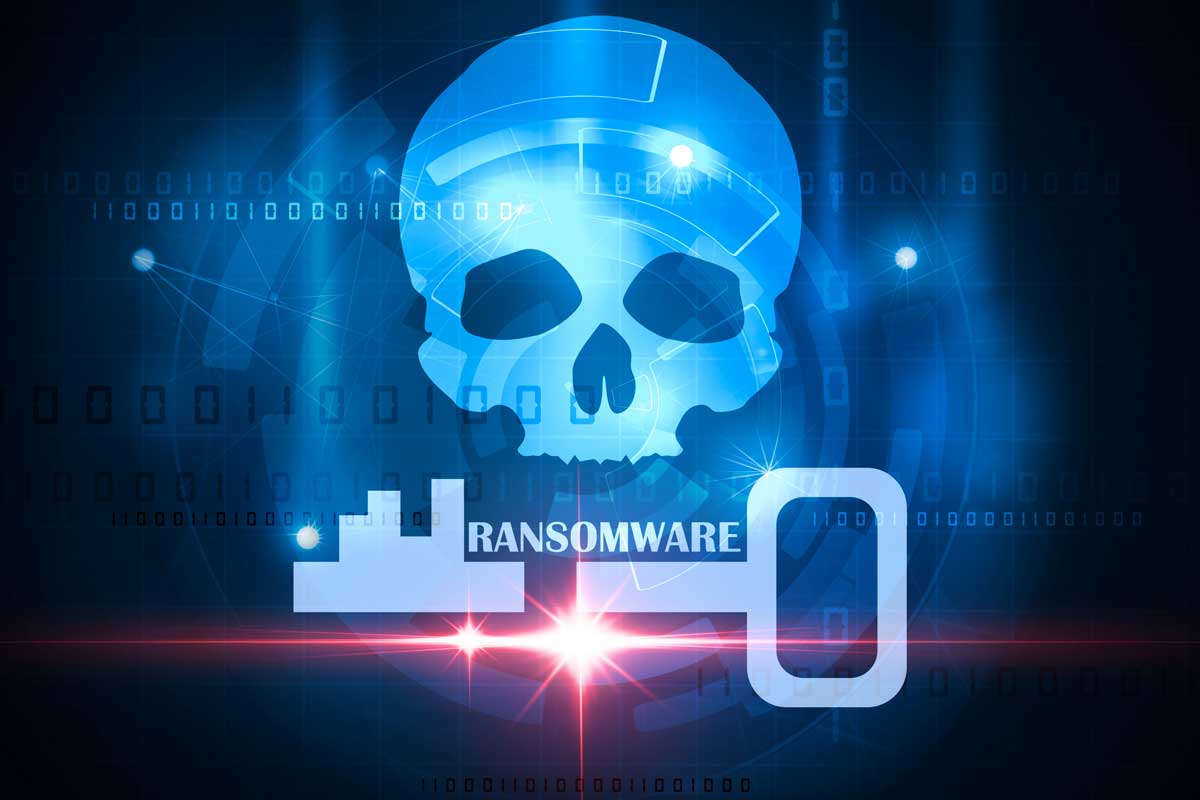The healthcare industry is a treasure trove of sensitive patient information, making it an attractive target for cybercriminals. Patient records contain a wealth of personal and financial data that can be exploited for various nefarious purposes, such as identity theft or financial fraud. As the digital landscape continues to evolve, healthcare providers must remain vigilant in safeguarding patient privacy and protecting against ransomware attacks.
Why is the healthcare industry a target?
There are several reasons why the healthcare industry is a prime target for cybercriminals. Firstly, healthcare organizations handle vast amounts of valuable data, including medical records, insurance details, and payment information. This data holds significant value on the black market, making it a lucrative target for cybercriminals seeking financial gain.
Additionally, healthcare providers often rely on outdated or vulnerable technology systems, making them more susceptible to attacks. The industry’s focus on patient care and limited resources dedicated to cybersecurity further exacerbate these vulnerabilities. Cybercriminals exploit these weaknesses, knowing that healthcare organizations may have limited defenses in place.
To combat the growing threat of ransomware attacks, healthcare providers must implement robust protection measures. Here are five essential steps to preserve patient privacy and enhance cybersecurity:
1. Educate employees
A well-informed and vigilant workforce is the first line of defense against ransomware attacks. Regular training sessions should be conducted to educate employees about the latest cybersecurity threats, phishing techniques, and best practices for data protection. By fostering a culture of cybersecurity awareness, healthcare providers can significantly reduce the risk of successful attacks.
2. Set up multifactor authentication
Implementing multifactor authentication adds an additional layer of security to user accounts and systems. By requiring users to provide multiple forms of verification, such as a password and a unique verification code, healthcare organizations can significantly reduce the risk of unauthorized access and mitigate the impact of ransomware attacks.
3. Data backup protocols
Regularly backing up critical patient data is crucial for healthcare providers. In the event of a ransomware attack, having secure and up-to-date backups ensures that patient information can be restored without paying the ransom. Data should be backed up regularly and stored in secure, off-site locations to protect against physical damage or theft.
4. Perform software updates in a timely fashion
Outdated software and operating systems often contain vulnerabilities that cybercriminals exploit. Healthcare providers must prioritize timely software updates and security patches to address these vulnerabilities. Regular patch management helps close security gaps and significantly reduces the risk of successful ransomware attacks.
5. Outsource IT management services
Healthcare providers can benefit from partnering with managed service providers (MSPs) specializing in IT management and cybersecurity. MSPs offer expertise in identifying and mitigating potential vulnerabilities, implementing robust security measures, and providing 24/7 monitoring and support. By outsourcing IT management services, healthcare organizations can focus on patient care while ensuring their digital infrastructure remains secure.
In conclusion, the healthcare industry must prioritize patient privacy and cybersecurity to combat the increasing threat of ransomware attacks. Implementing measures such as employee education, multifactor authentication, data backups, software updates, and outsourcing IT management services can significantly enhance the security posture of healthcare providers. By remaining proactive and vigilant, healthcare organizations can protect patient data, preserve their reputation, and ensure the continuity of quality care in an increasingly digital world.









